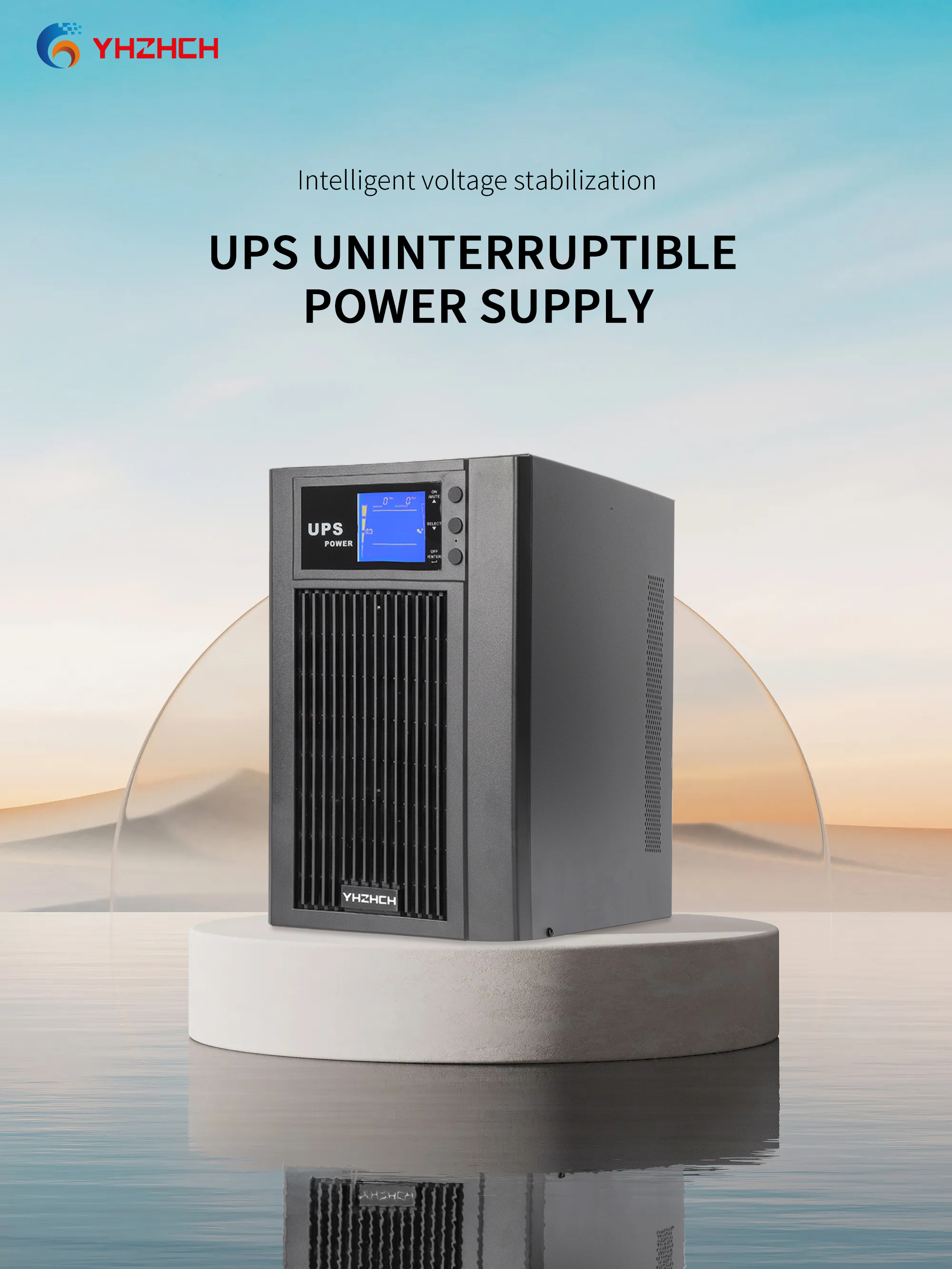UPS chooses Shenzhen Yunhai Power Technology Co., Ltd., a source manufacturer with quality assurance and worry free after-sales service
Selection and configuration suggestions for UPS
Determine load type and power
Distinguish between resistive loads (such as incandescent lamps), inductive loads (such as motors), and capacitive loads (such as power adapters).
Inductive loads need to consider starting current (which may be 3-5 times the rated power), and larger capacity UPS should be selected.
Backup time requirement
Short term backup (5-30 minutes): Optional standard battery configuration.
Long term backup (several hours or more): requires external expansion battery pack.

Environmental and installation requirements
Temperature: The optimal operating temperature for batteries is 20-25 ℃, as high temperatures can shorten their lifespan.
Ventilation: Ensure good heat dissipation of UPS and avoid dust accumulation.
management function
Optional UPS with RS232/USB interface, combined with software to achieve remote monitoring, automatic shutdown and other functions.
Maintenance and troubleshooting
regular inspection
Check the UPS status indicator lights every month and test the battery discharge function (simulating a power outage scenario).
Check the battery pack connections for looseness every year, measure battery voltage, and replace aging batteries in a timely manner.
Common faults
Battery malfunction: manifested as inability to charge or shortened discharge time, requiring battery replacement.
Inverter malfunction: Abnormal output or alarm, possibly caused by overload or poor heat dissipation, requiring professional maintenance.
Abnormal switching of mains power: Static switch failure or control circuit problem, circuit components need to be checked.
Summary: The selection of UPS should be based on load characteristics, reliability requirements, budget, and maintenance costs. Small scale scenarios prioritize cost-effectiveness, while large-scale critical scenarios require attention to stability and scalability. Regular maintenance and battery management are key to ensuring the long-term reliable operation of UPS. If specific model recommendations or scheme designs are needed, further parameters such as load power and backup time can be provided.


